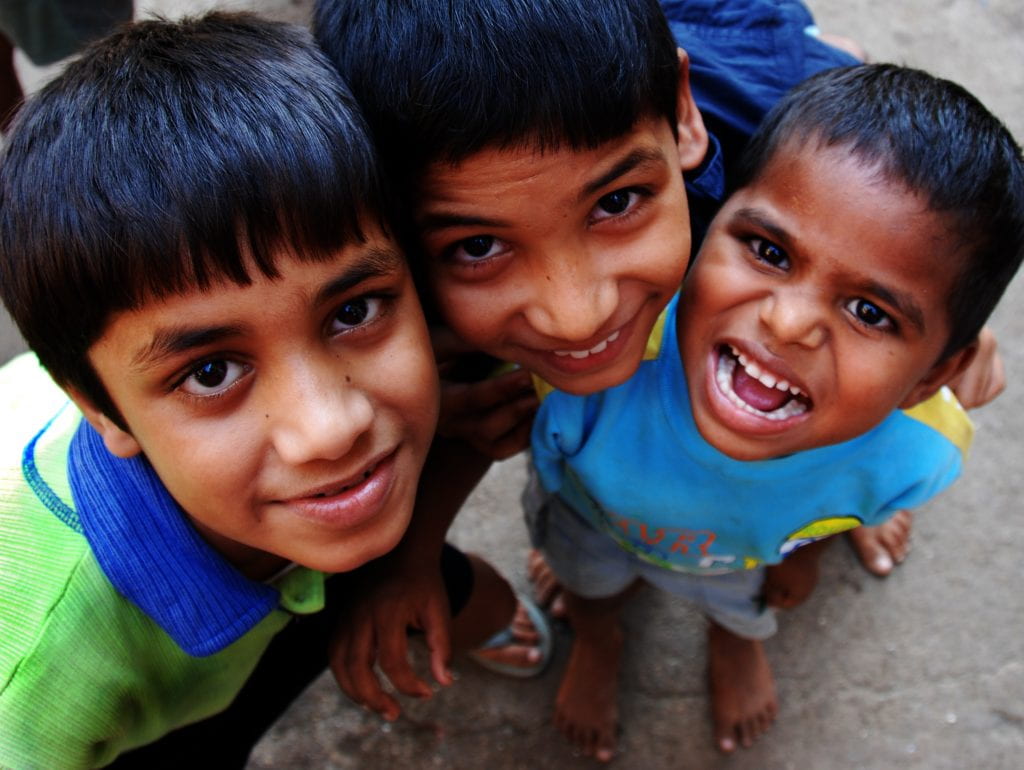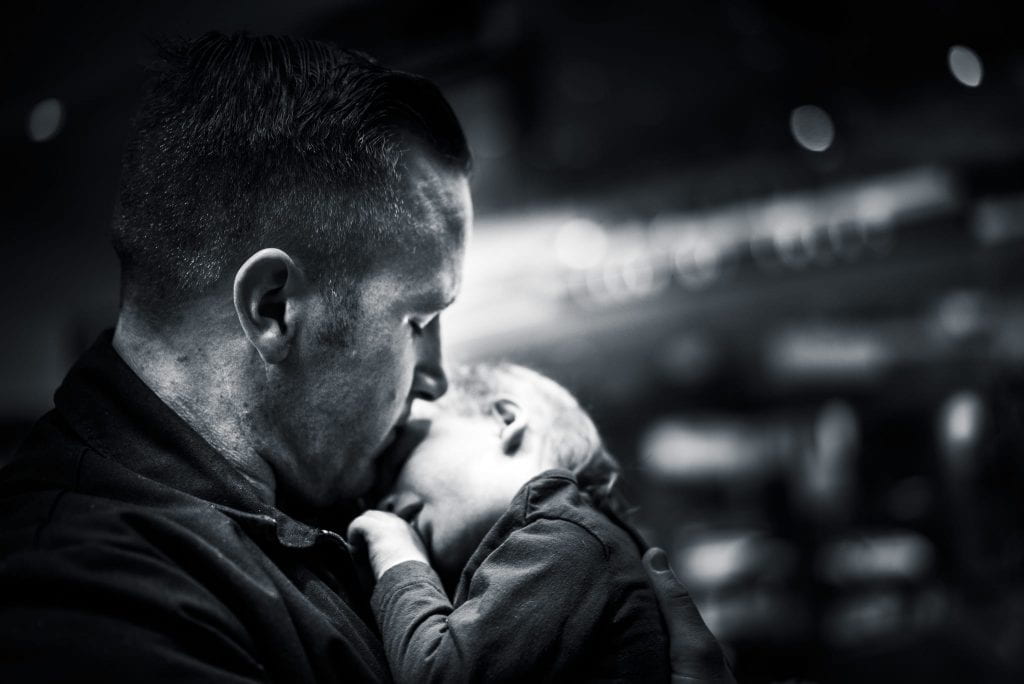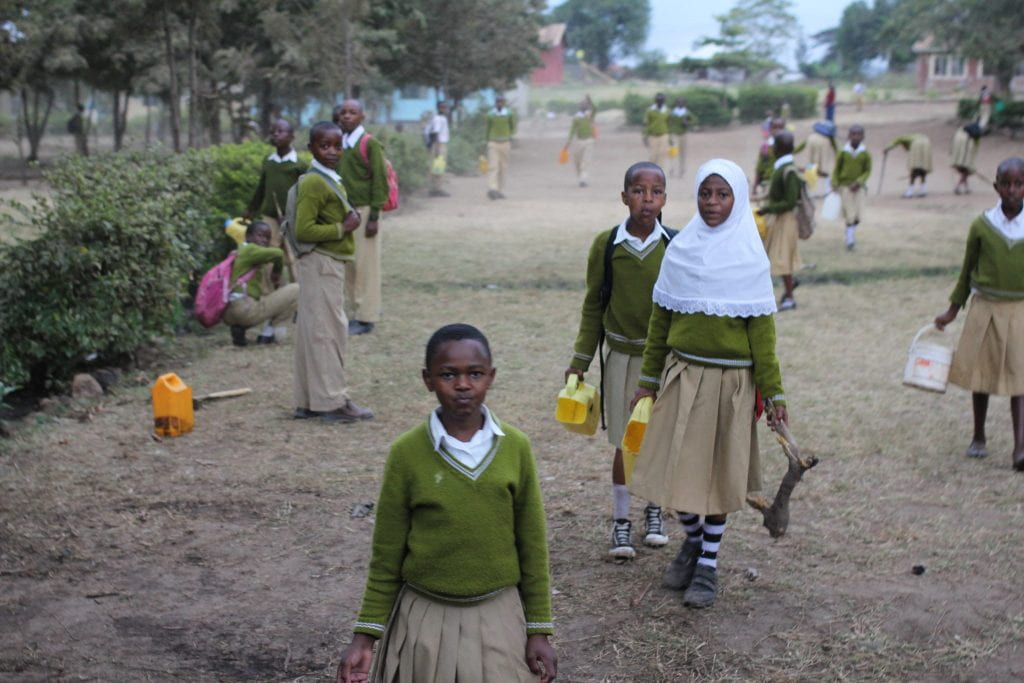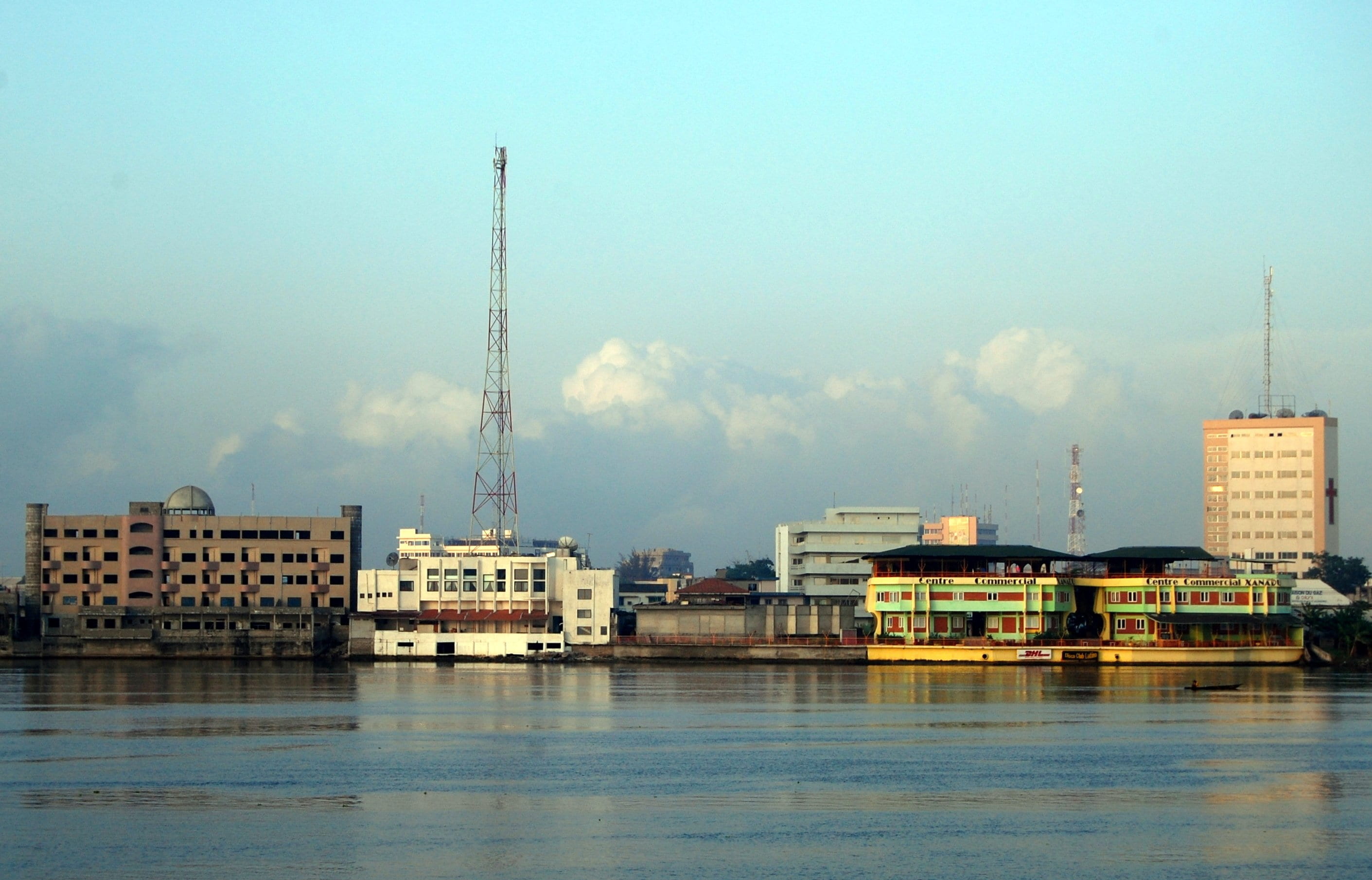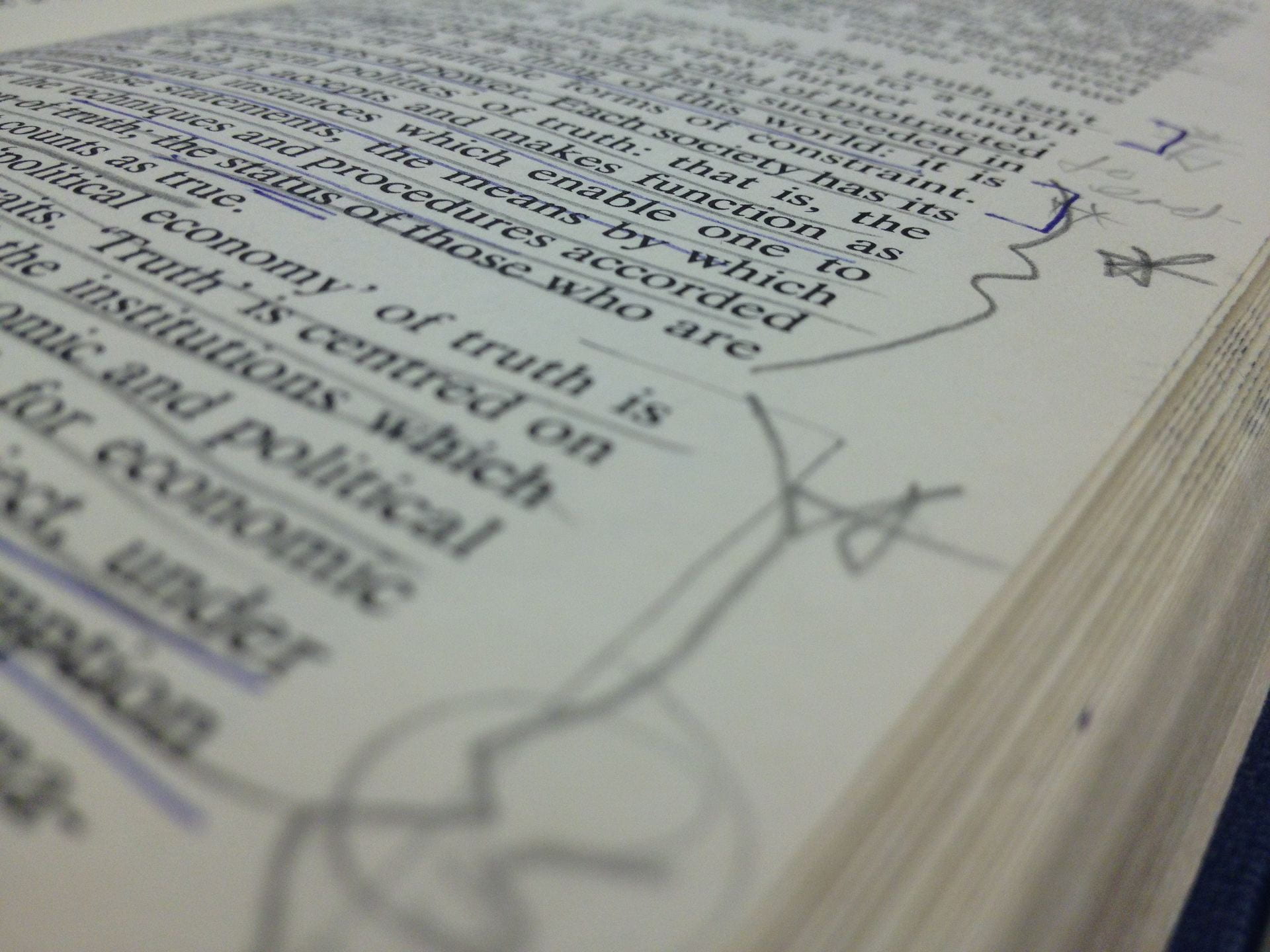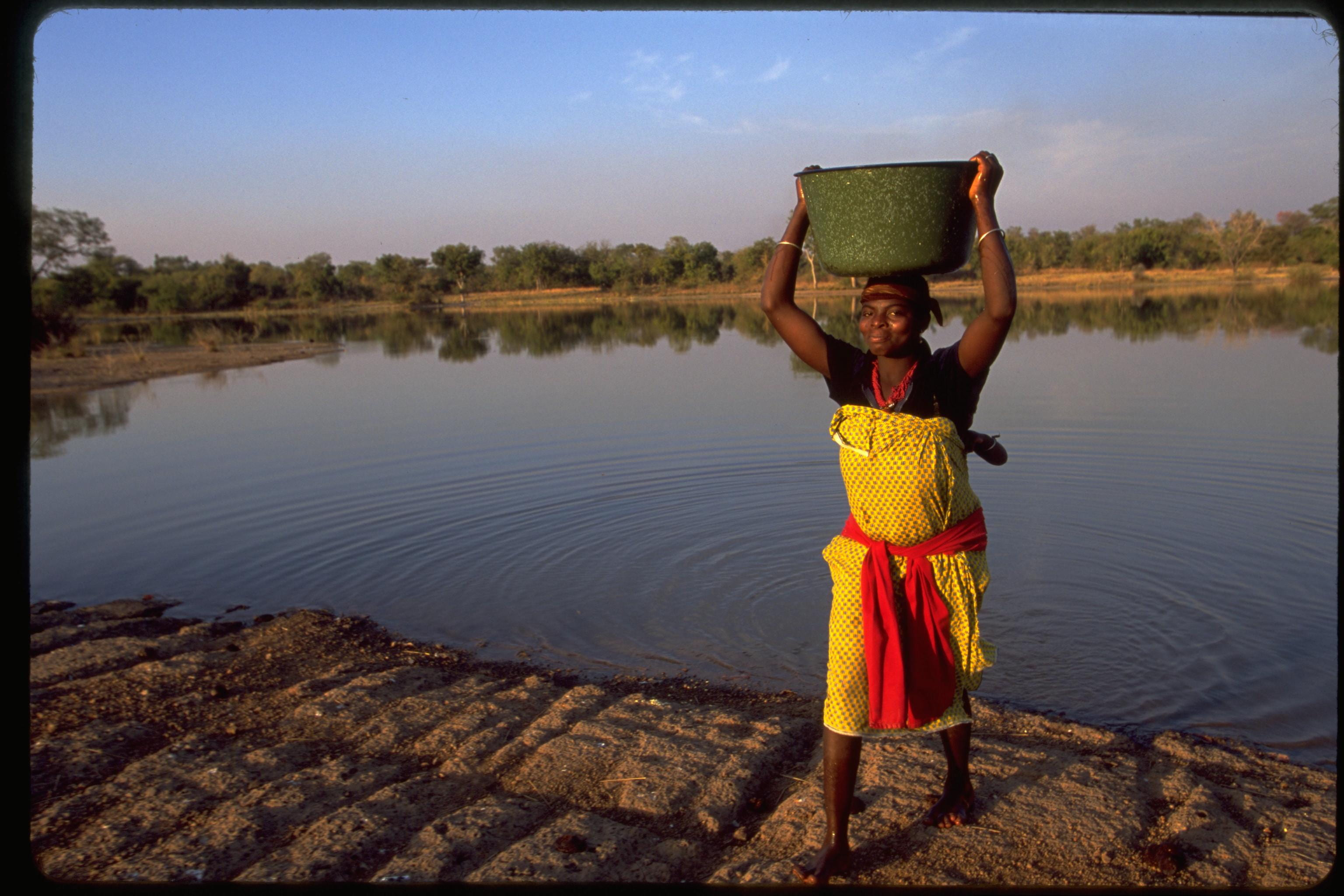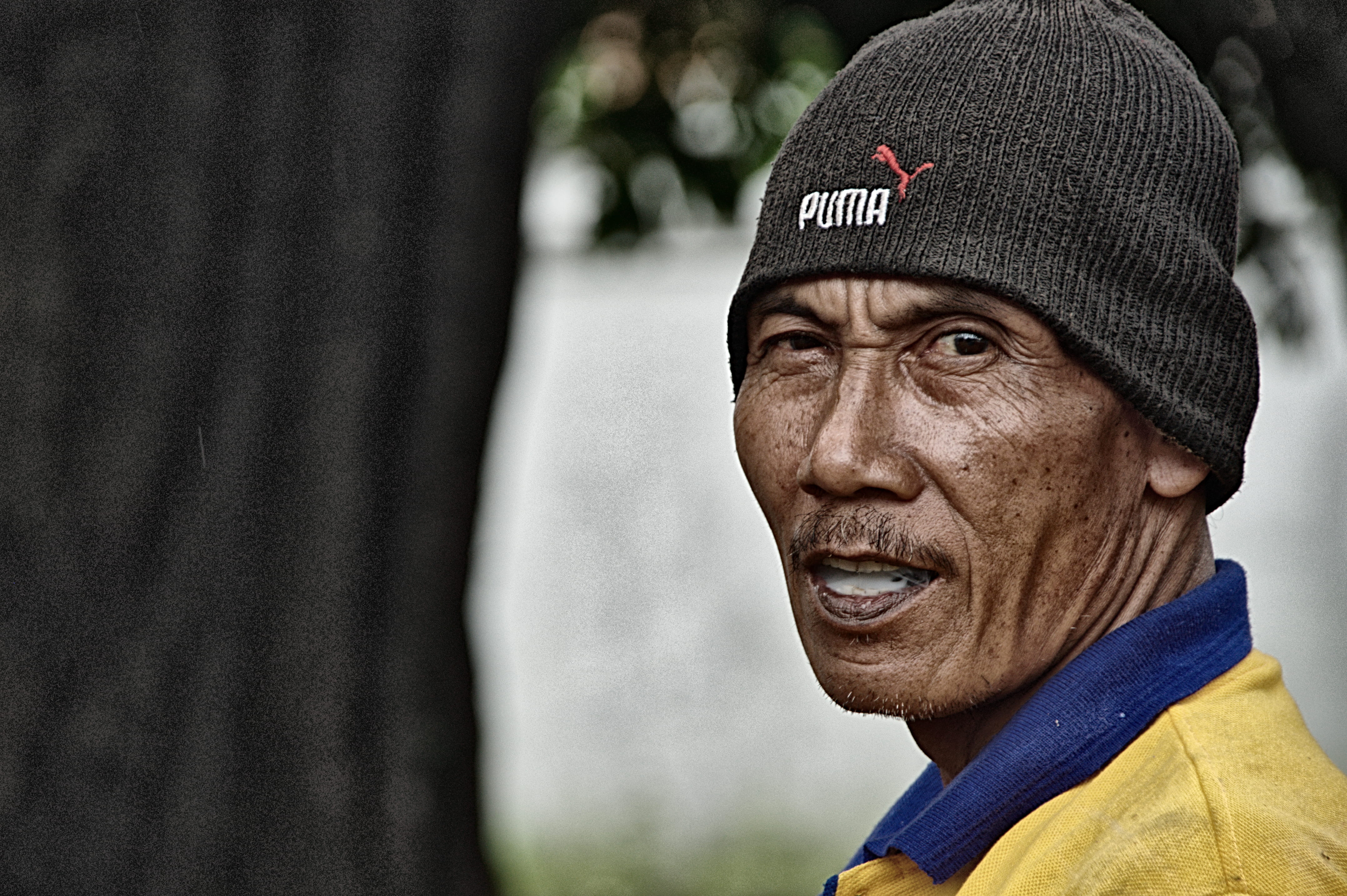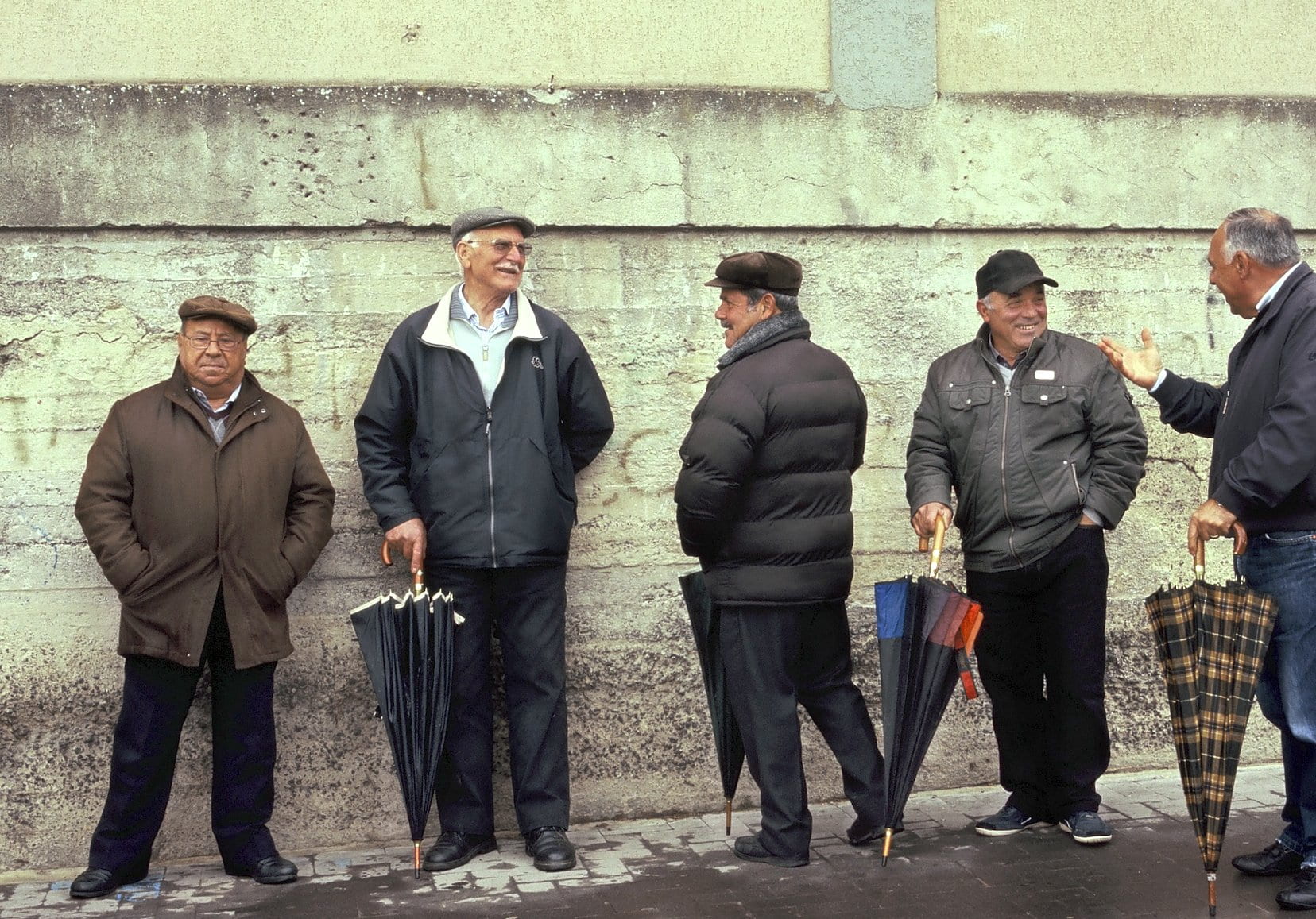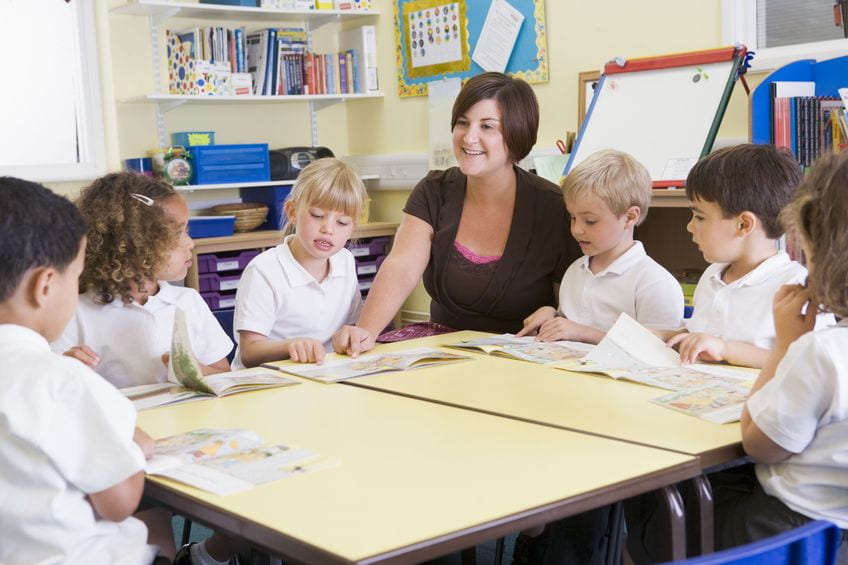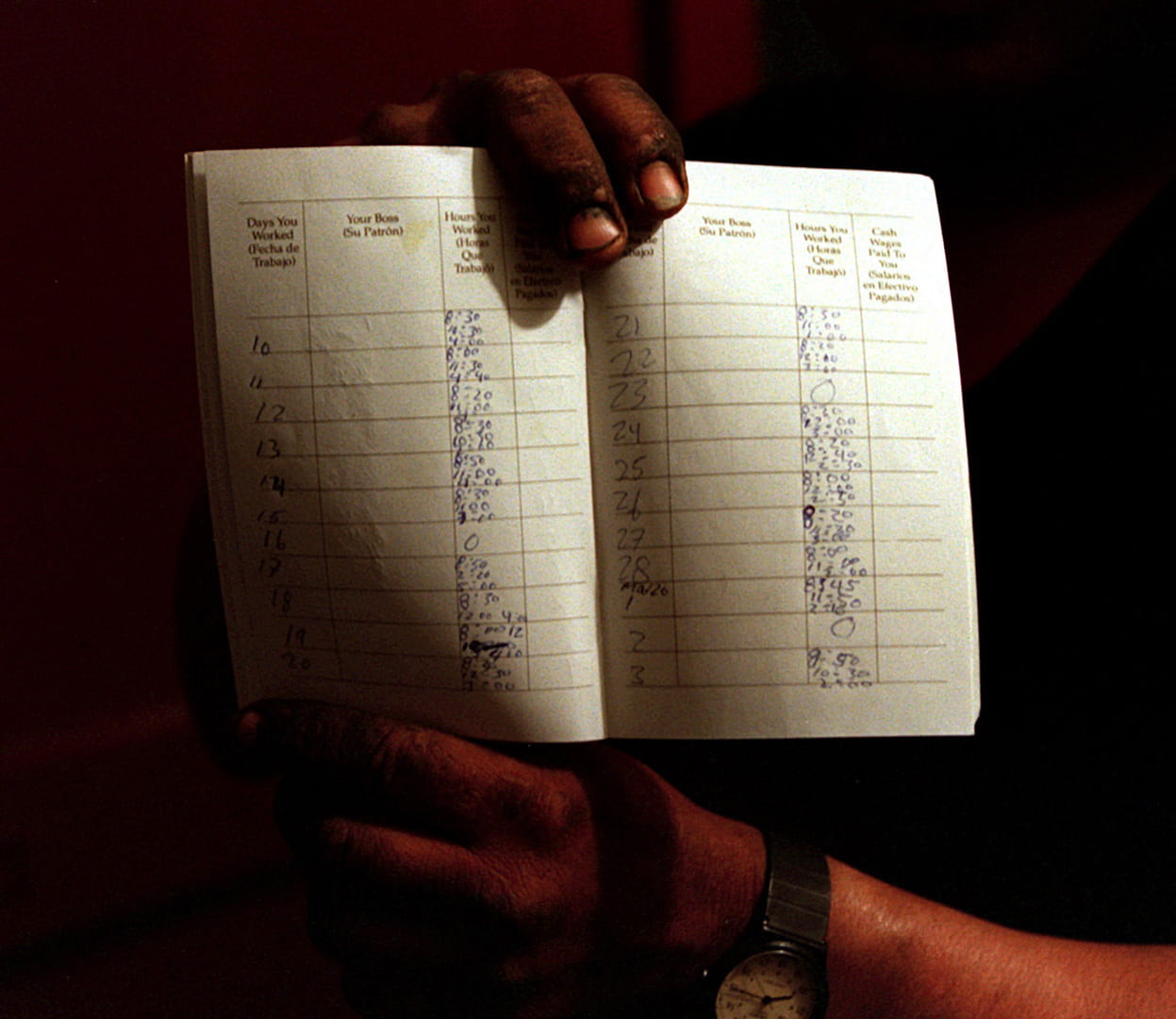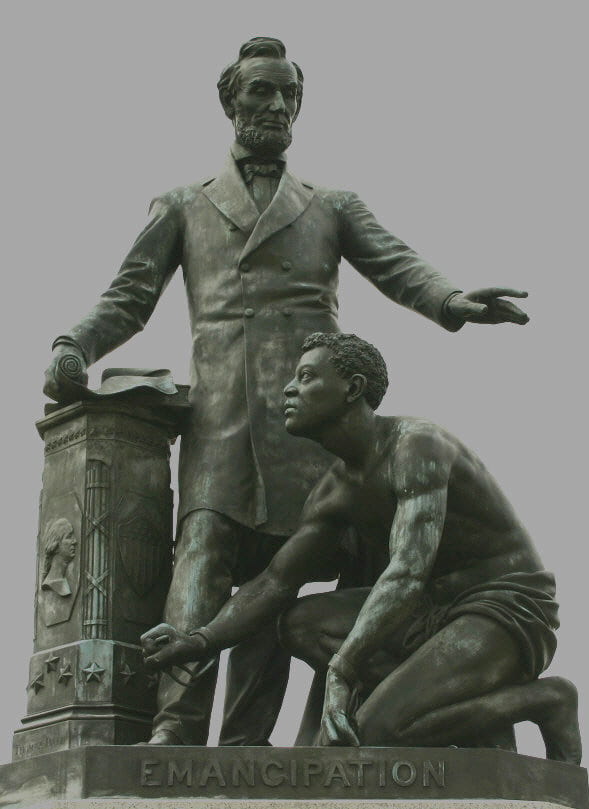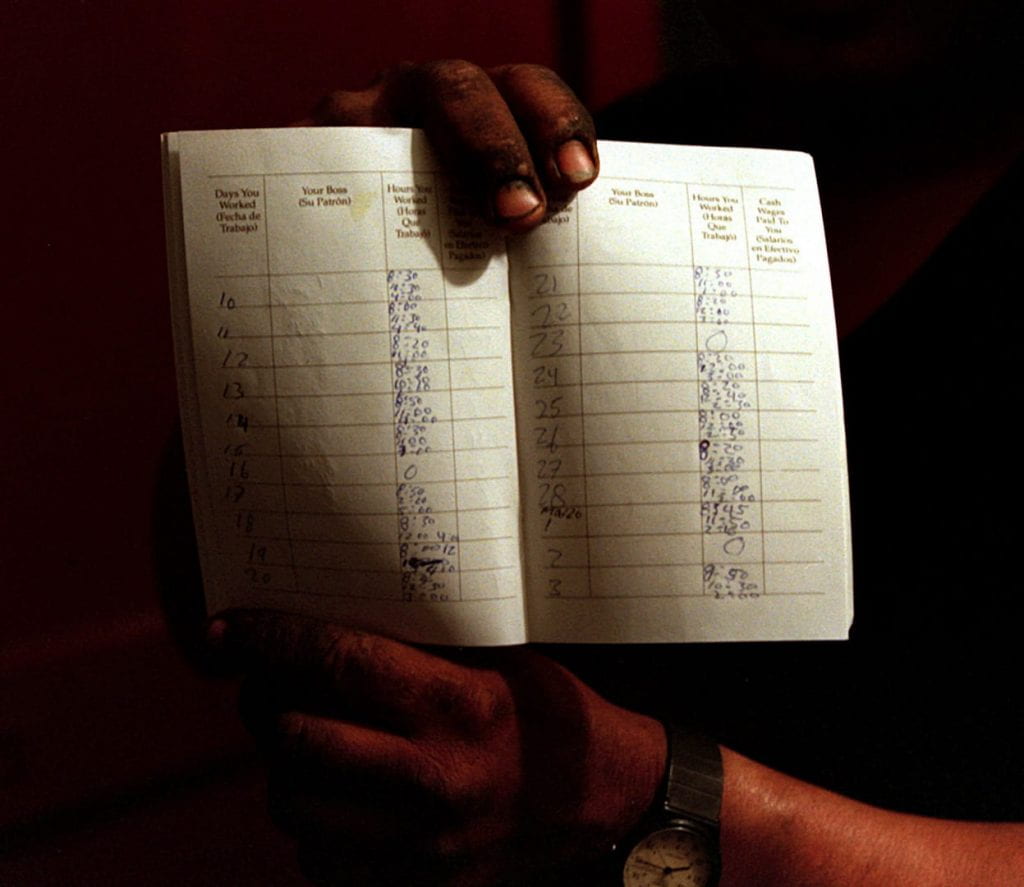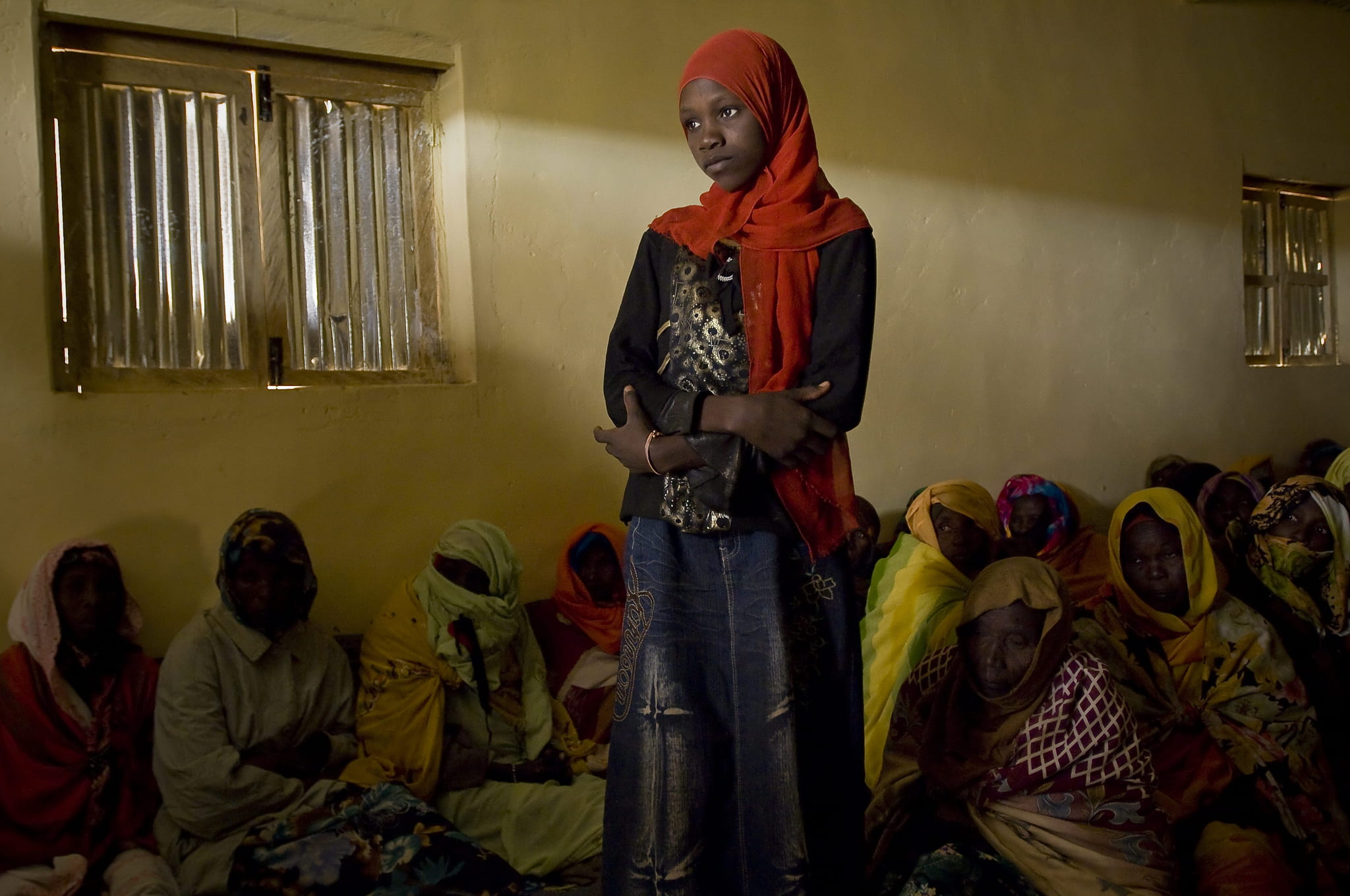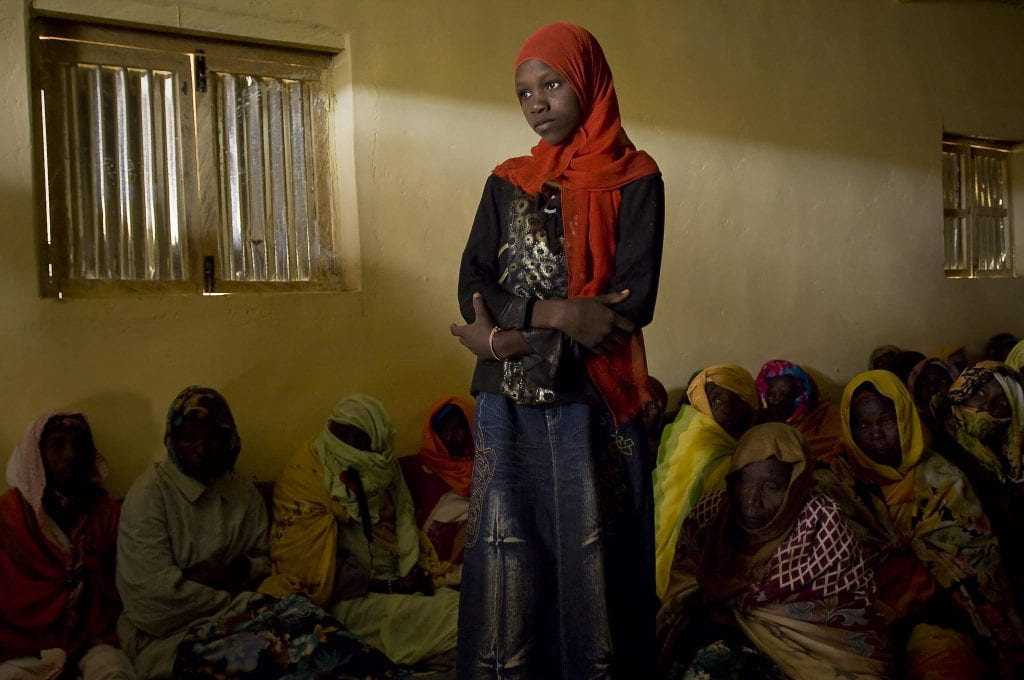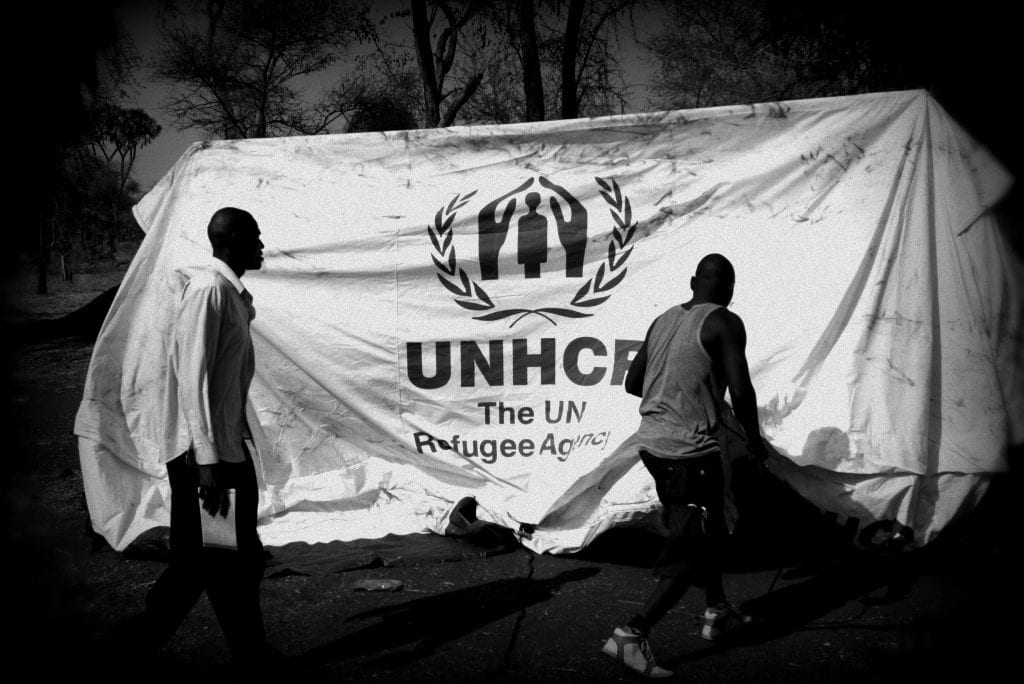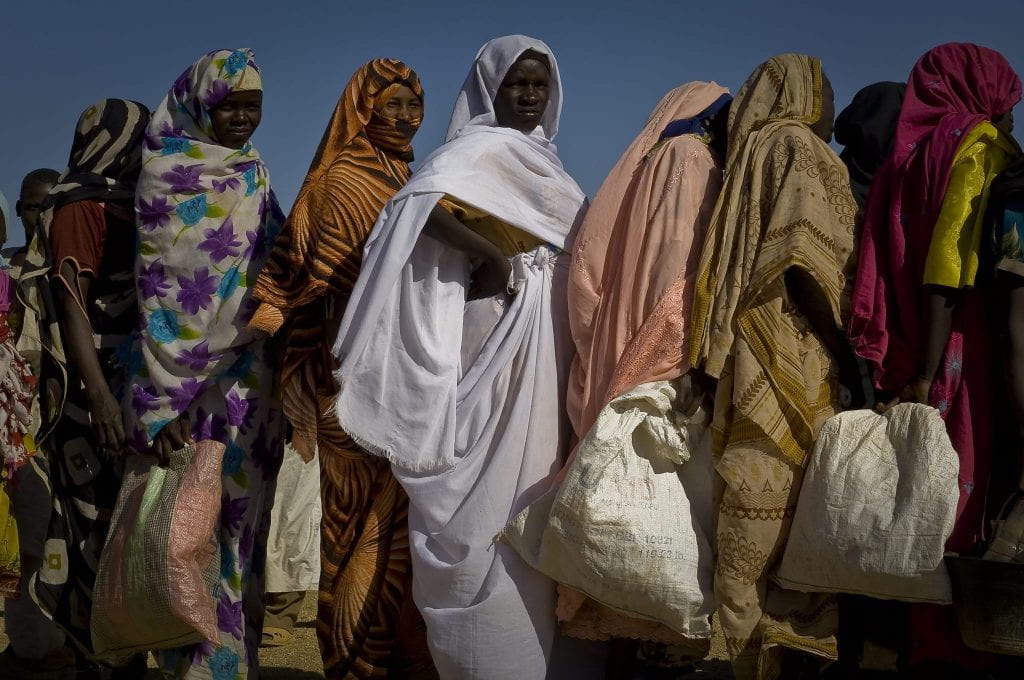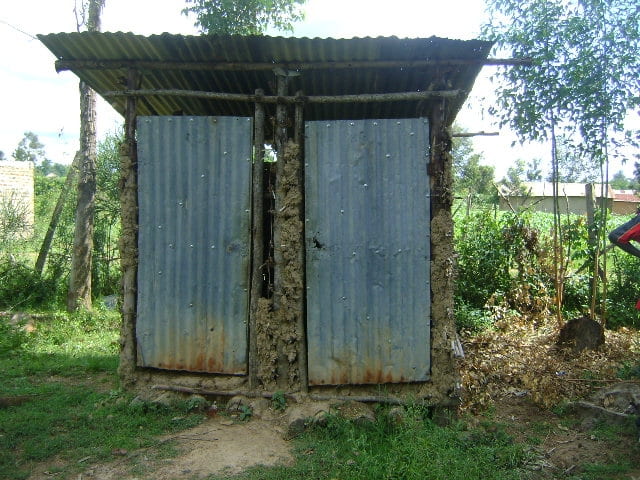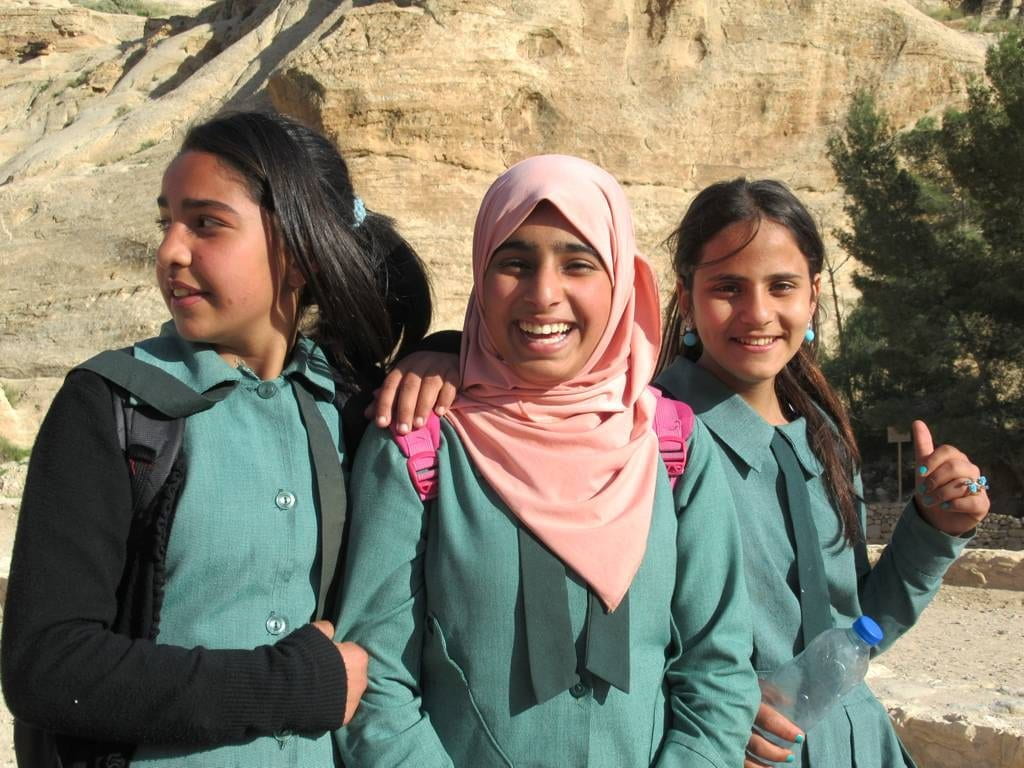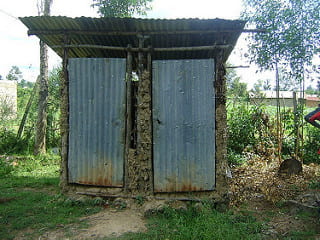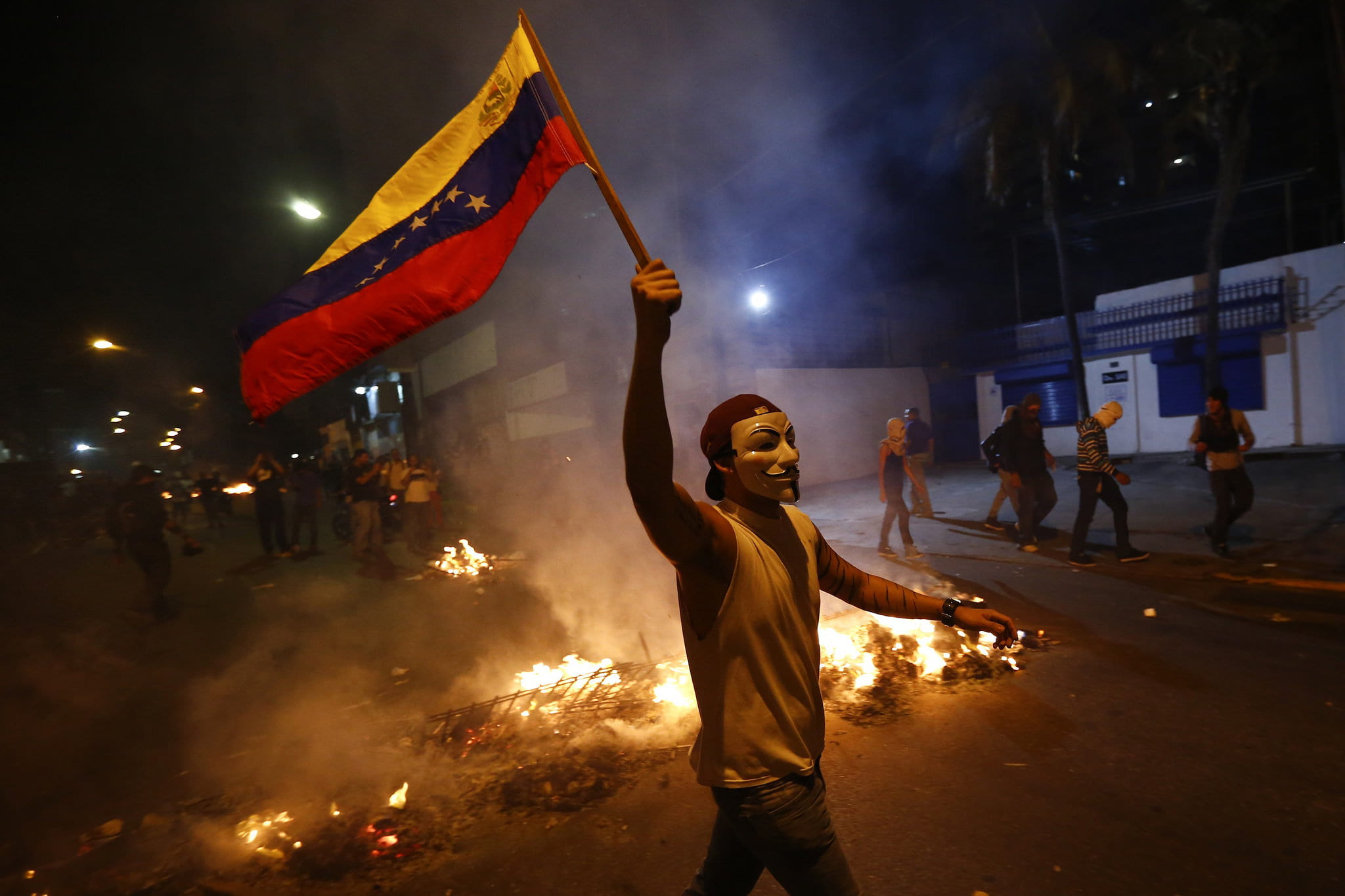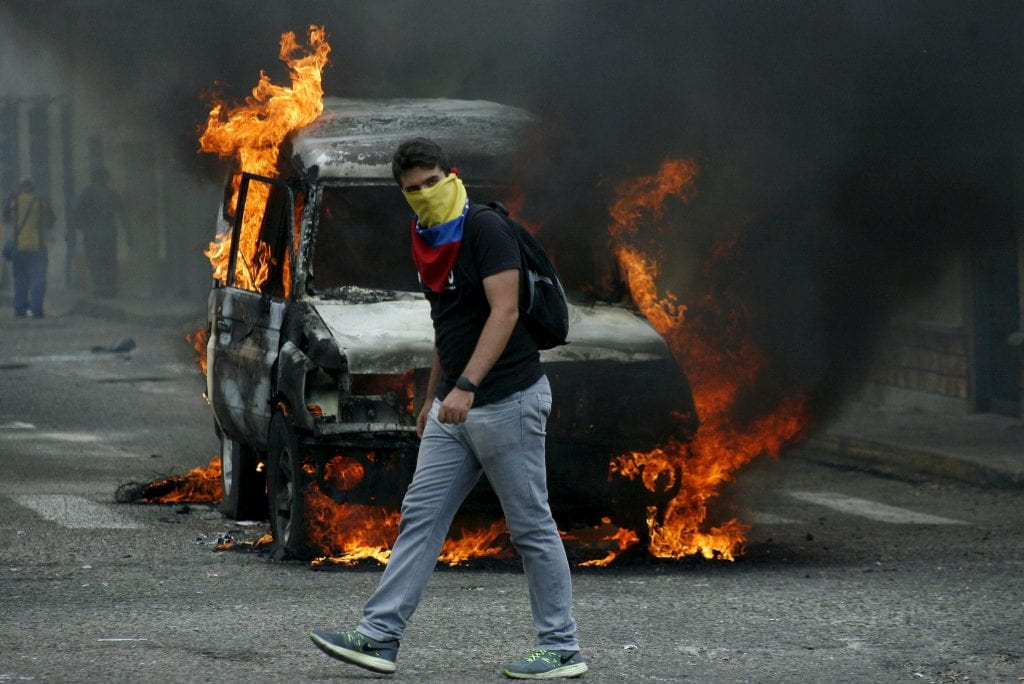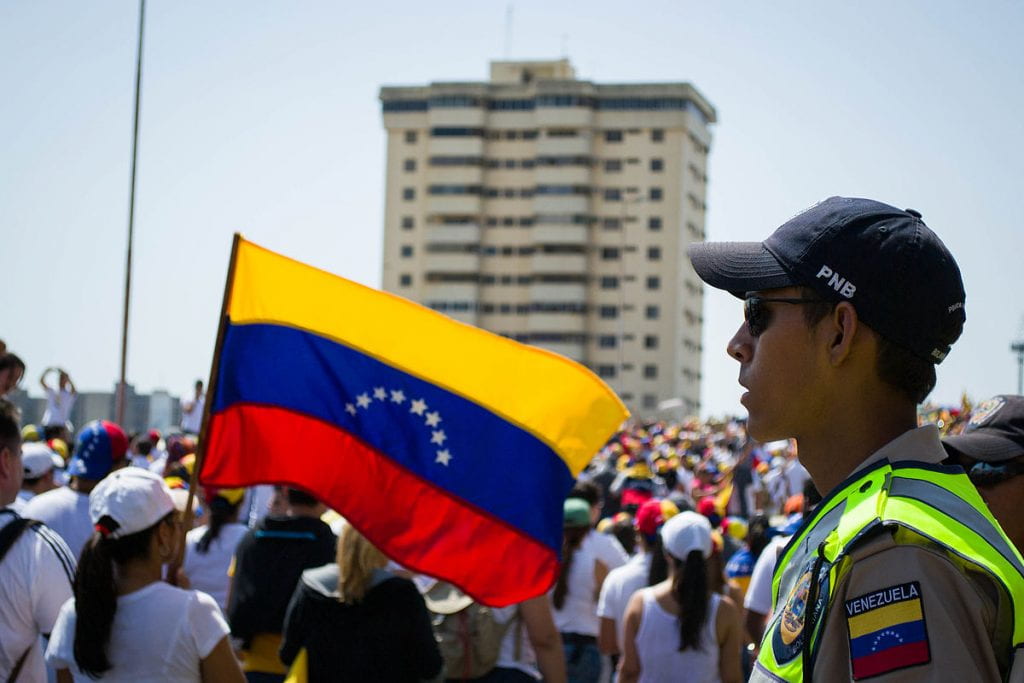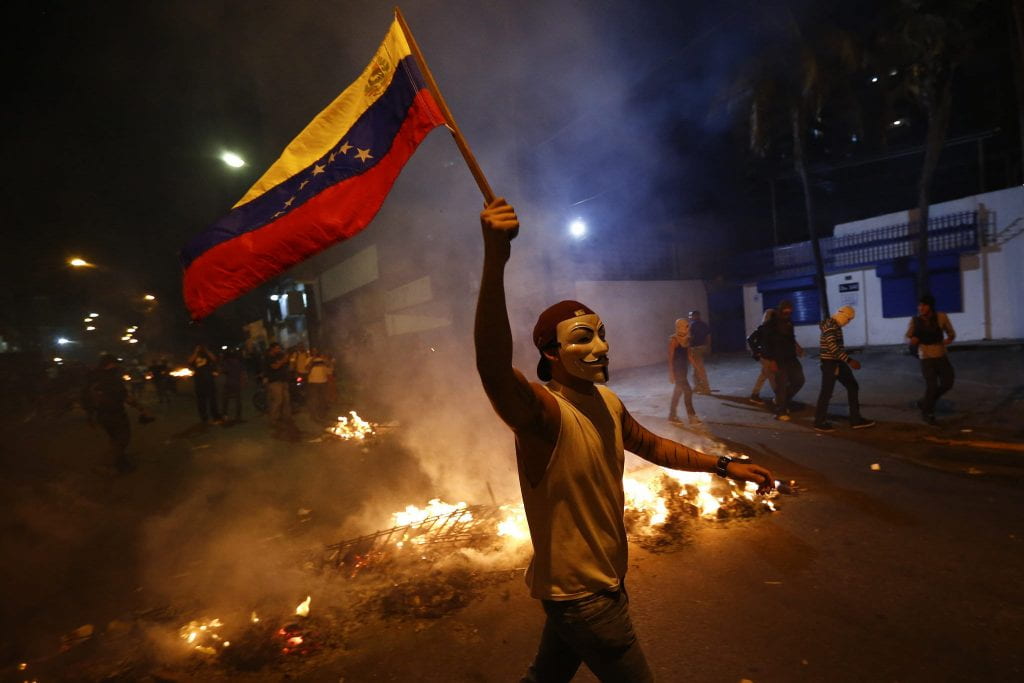** The National Walkout Day last week and the upcoming March for Our Lives protests organized by the surviving students of the Parkland school shooting in February has prompted this blog repost from 2016.
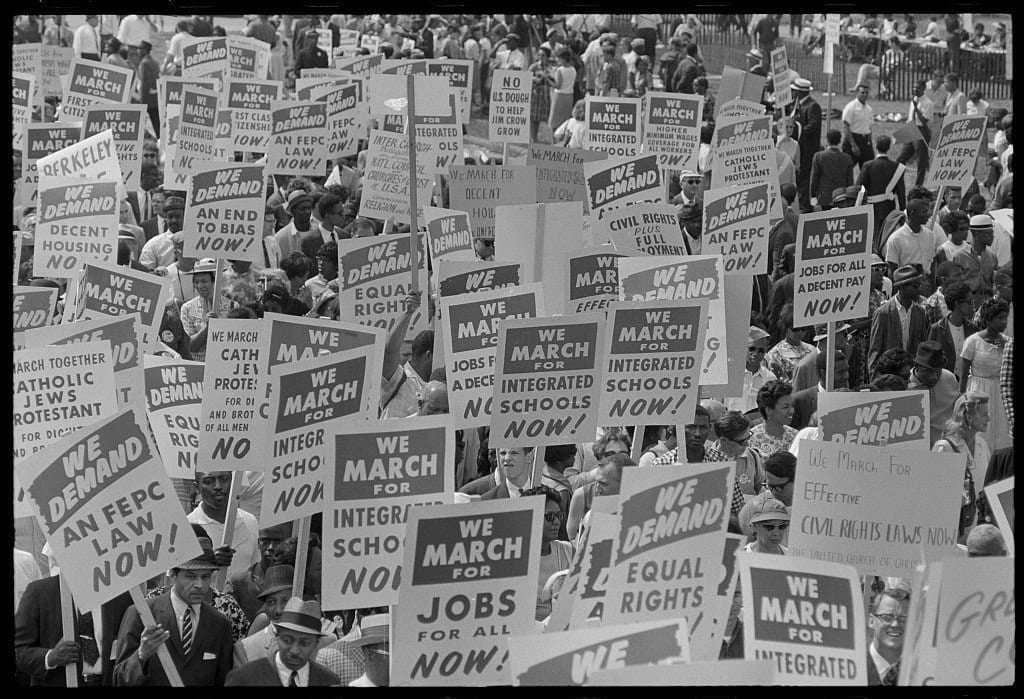
Have you ever considered the pilgrims’ decision to leave England over religious freedoms, as a protest? Or slave rebellions as a protest to the dehumanizing treatment of being viewed as less than human or 3/5 of a person? Or the suffragettes dressed in white marching for the constitutional right to vote? Often most people point to protest images of the Civil Rights movement or Vietnam War as finite examples of protest, believing that protests are a thing of the past and no longer applicable in 2016. What I find fascinating is how quickly a protest is discounted as merely a group of unsatisfied people gathering together under a banner of their perceived oppression.
I use the phrase “perceived oppression” because it was used as a matter of fact, rather than projected opinion, by Facebook webstar Tomi Lahren in an interview two weeks ago. During a segment, Lahren assumed that Colin Kaepernick’s national anthem protest was rooted in his “perceived oppression” about how black people and people of color are treated in this country. Aside from The Daily Show audience, Tomi Lahren’s videos boast between 7-17 million views – an incredible feat for someone who doesn’t seem to understand the power of her platform. Lahren is entitled to her opinion. She is granted that right as a human being and a citizen of this country, as written in the first amendment. Additionally, Colin Kaepernick, Black Lives Matter, gay rights activists, and anti-abortionists do too. Here’s where I have issue: the lack of regard for fact and truth. So where does a disregard for truth and fact leave the minorities who are oppressed? They remain outcasts due to opinion rather finding allies through fact.
The fact is oppression is real.
It is not just an impact felt by American minorities; it is an international way of societal coexistence to which the natural response is protest and resistance. **For the sake of this blog, the term ‘minority’ means every group that is not a part of the majority, whether by race, gender, class, ethnicity, sexual orientation, and/or ability.
Many have concluded that the not-so-silent white majority came out in force in support of Trump over Clinton in this election. The narrative is that for the past 6-8 years, their voices had been silenced under a lack of jobs, healthcare, and education. In this election and with this new president, their voices are now being heard. Yet, what about the voices of the minority groups who have been asking for the same things for longer than 6-8 years… how about centuries? When and how will their voices be heard?
Most major languages have a word for violence; however, the idea of nonviolence is the combination of the words that mean ‘not violence’. The Sanskrit word, ahimsa, means ‘not doing harm’, and Mahatma Gandhi reiterated that ahimsa “does not mean meek submission to the will of the evildoer, but it means pitting one’s whole soul against the will of the tyrant.” Gandhi and Dr. Martin Luther King, Jr. are names synonymous to the principle and practice of nonviolent resistance.
Gandhi was the first to explore the expansion of nonviolence from an individual lifestyle into a concerted political and social justice strategy, believing that nonviolence was used with more frequency and brought about more success than violence. Dr. Erica Chenoweth and Maria Stephan analyzed 323 violent and nonviolent resistance movement from over 100 years, substantiating Gandhi’s claim: “nonviolent resistance campaigns were nearly twice as likely to achieve full or partial success as their violent counterparts.” Dr. Stephen Zunes concludes that nonviolent action, in the form of resistance, has been taking place as a part of political life for centuries. It is their success which has garnered attention as the cause of human rights has advanced as a direct result of “toppling or dramatically reforming repressive regimes.” Nonviolence protest is a deliberate tool for social change. It is not an ad hoc strategy. It is, rather, a methodical method of struggle which is no longer simply rooted in religious or ethical principles. Gene Sharp labels it as political defiance.
So what is protest?
Protest is a right. The first amendment of our Constitution grants all Americans the right to peaceful assembly and to express dissatisfaction to the government. Additionally, according to Article 20 of the Universal Declaration of Human Rights (UDHR), peaceful assembly has been declared a human right. The clarifying word is peaceful, or nonviolent, in both documents. It is imperative to understand that a riot is not a right.
Protest is different to riot. Dr. King emphasized that the riot is socially destructive and self-defeating but it is also the “language of the unheard,” thus the counteraction to a riot is to organize in nonviolent resistance based on the principle of love.
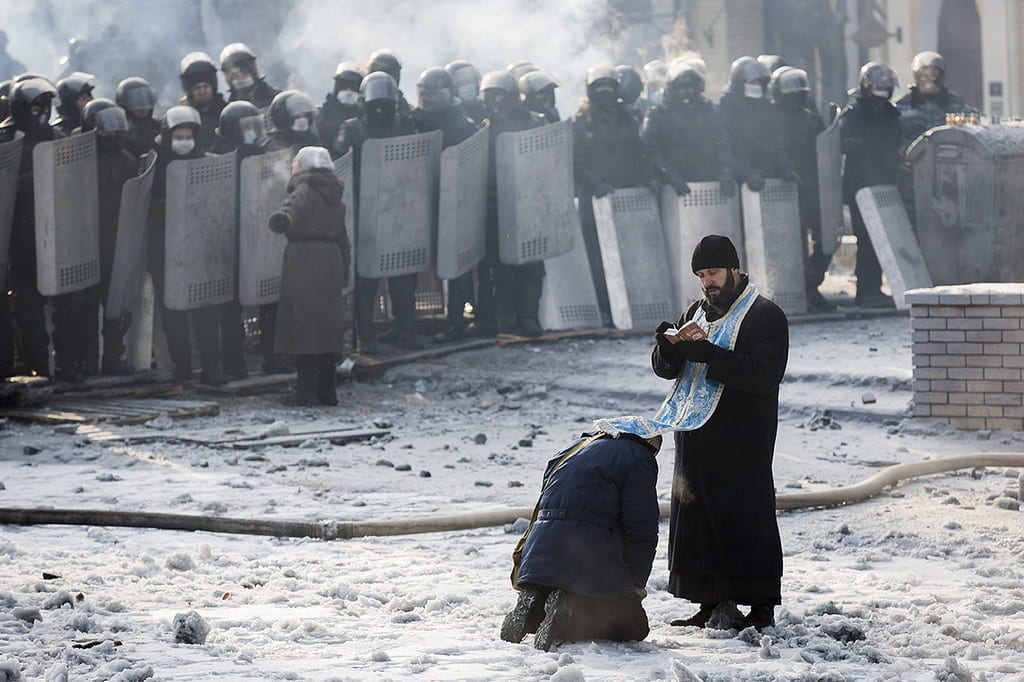
Protest is not passive. Students in Serbia (Yugoslavia) organized a nonviolent resistance in cities around the country as a means of protesting the dictatorship of Slobodan Milosevic. They called themselves, Otpor!. By adapting Gene Sharp’s book as a manual, Otpor! positioned themselves under a threefold banner of unity, planning, and nonviolent discipline. The strategy was nonviolent resistance with concerts, sprayed painted slogans, and ridicule of the government, including a “birthday party for Milosevic”. The resistance which began as a student-led protest became a movement of more than 700,000, resulting in an overthrown government.
Protest is the struggle for recognition of an injustice. By honing in on societal structural violence, which is made manifest through cultural and social institutions, nonviolent protests are not about ‘attacking people’ as much as they are about calling attention to and addressing the “psychological, social, economic, and political weapons applied by the population and the institutions of the society”, believes Gene Sharp. In New York City 1985, at the height of the AIDS epidemic, the gay community and their heterosexual allies took to the streets in protest of governmental failure to fund and research a cure. At the time, millions of people worldwide had succumbed to AIDS-related illnesses. Activists under the banner of ACT UP and TAG sought to bring awareness and solution to governmental decision to penalize human beings for their lifestyle choice. Therefore, not only were they denied their constitutional right to protest but their human right to medical care which is included in the standard of living, identified in Article 25 of the Universal Declaration of Human Rights (UDHR).
The UDHR is the international standard for the treatment of human beings. The document sheds light on Dr. King’s pronouncement that “Justice is indivisible. Injustice anywhere is a threat to justice everywhere.” What interesting is that the Pledge of Allegiance and the Constitution of the United States of America both speak of liberty and justice is for all, and that all men are created equal. Equality is a misnomer for some citizens of this country and the world.
How does justice exist for all if you are the target of a hate crime or laws designed against you?
Gandhi said, “The first condition of nonviolence is justice all round in every department of life. Perhaps, it is too much to expect of human nature. I do not, however, think so. No one should dogmatize the capacity of human nature for degradation or exaltation.” To find justice all round in every department of life, a person must begin with self. Johann Gottlieb Fichte announced, “if you are to see differently, you must first of all become different.”
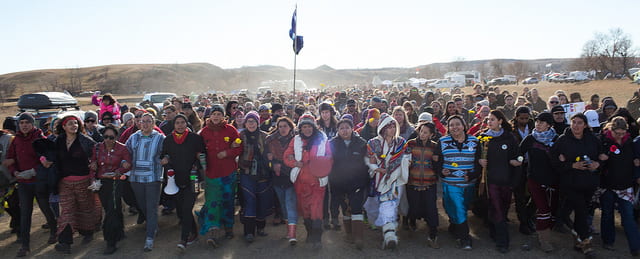
Protest is the courageous outward expression of inner dissatisfaction or disapproval. Angela Y. Davis asserts that the struggle is exemplified in protest. Grassroots nonviolent movements, or as Diana Francis refers to them as “people power” movements, have consistently challenged repressive and unjust systems for generations. So what can you do to join nonviolent resistance movements which seek to expose and eradicate structural violence directed at minorities in the form of oppression and repression? Adapt four characteristics of a nonviolent ethic as exemplified in Gandhi and King. The four characteristics of identity and ethics from the lives of Dr. King and Gandhi are a compassionate, cosmopolitan worldview, a truthful reality, an educated voice, and love. As students of their work and life, we can possess and impress these characteristics upon others, transforming the world through personal change in order to garner social change.
- A compassionate, cosmopolitan worldview: The word cosmopolitan comes from the Greek words cosmo meaning world, as in universe not earth, and polis referring to the city that one owes loyalty. Voltaire says, “Cosmopolitans… regard all the peoples of the earth as so many branches of a single family, and the universe as a state, of which they, with innumerable other rational beings, are citizens, prompting together under the general laws of nature the perfection of the whole, while each in his own fashion is busy about his own well-being.” Therefore, the possession of a cosmopolitan worldview means we have placed ourselves under the loyalty of the world and the citizens who share this common space, with the added dimension of compassion.
- A truthful reality: A truthful reality is not a denial of the past. It is the understanding that the past and those who endured it, are the launching pad for those of us living in the present. Davis states, “in the 1960s we confronted issues that should have been resolved in the 1860s. And I’m making this point because what happens when 2060 rolls around? Will people still be addressing these same issues? And I also think it’s important for us to think forward and imagine future history in a way that is not restrained by our own lifetimes.”
- An educated voice: William Ellery Channing concluded that “others are affected by what I am, and say, and do. And these others have also their sphere of influence. So that a single act of mine may spread in widening circles through a nation or humanity.” Everett Rogers studies the diffusion of innovations in societies. He has concluded that for an idea–whether true or false, good or bad—to become embedded in society, it only takes 5% of the population to believe it, and if 20% become aware of the idea, it becomes unstoppable. In Rwanda, the genocide of Tutsis by Hutus in April 1994, was because of untruths spewed from the radio.
- Love: Dr. King professed that “love is the only creative, redemptive, transforming power in the universe.” The beauty of love is that you can love and disagree. Love is a choice. You choose to be ruled and guided by love, just as you choose to be ruled and guided by fact or opinion, or emotions and feelings.
Protest gives an AND rather than an OR.



